Review – Amolen Wood Filament
In my last post I looked at a few 3D printer filaments that work well for decorative objects. Today I want to take a closer look at one of them, because it’s a little different from the others and I’ve been interested in trying it for a while now.
One of the filaments I was playing with last week was Amolen wood filament. This is basically PLA, but it’s been mixed with finely ground bamboo. Yes, I know bamboo is technically grass, not wood. This site is about 3D printing, however. If you want to talk about plants check out the Royal Horticultural Society. They do plants; we do 3D printing. As for bamboo, I have a table made from the stuff and as far as I’m concerned that makes it wood.
So What Is This Stuff?
Anyway, back to the filament. It’s 80% light brown PLA and 20% sawdust. Amolen say it has the colour and texture of wood, and I wanted to check that out. I also wanted to see how it was to use, and I wondered if there was enough wood in it to take a stain.
I hadn’t used Amolen filament before; a lot of their range is more specialist varieties like matt, glow in the dark or silk-effect material, and of course wood-impregnated filaments (they do at least four different colours of wood). This one came on a 225g spool, so there were limits on how much I could print with it, but I think I came up with a good selection. To test the filament’s performance and appearance I decided to print these objects:
- A small test wedge. I looked at this in the last post.
- A small spiral vase. I looked at this in the last post, too.
- A shape made of two flat plates, one horizontal and one vertical, connected by a curved centre section. The idea here was to test how the filament performed on differently angled surfaces.
- One of the hooks I designed for our recent strength test.
- An object that you might want to look like wood. I selected a small model rowing boat for this.
- And finally, of course, a 3D Benchy.
Last time I found that the wood filament worked very well for the test wedge and 3D printed vase; these both came out nicely, and the vase was particularly attractive. So how did it do on larger or more complicated shapes?
How Does It Perform?
The test shape also printed very nicely. The horizontal plate was a bit disappointing, though. Its top surface is smooth, with very faint diagonal lines from the print path, and it looks and feels like plastic. True, it’s wood-coloured plastic, but very definitely plastic all the same.
The vertical plate is a whole different story; it looks and feels like sawn wood. It’s pretty rough, with a lot of wood particles sticking out of the surface. I know PLA doesn’t like being sanded, but as a test I gave one side of it a light rub with 240-grit sandpaper. That smoothed it down nicely, and didn’t take away from its wooden appearance and feel at all. I gave the other side a coat of wood stain, which went on fine and gave a nice even colour. The stain also worked well on the curved surface, which looked and felt just as wooden as the vertical one.
On the horizontal surface the stain didn’t work anywhere near as well. It did colour it, but the finish was streaky and still looked plastic. The message here is that if you want your prints to look like wood, avoid horizontal surfaces.
How Strong Is It?
Next up was a strength test. I repeated the one I did a few weeks ago, using the wood filament hook to suspend a bag from my office door, then loading it up with books. This was a surprise. I’d expected the wood to weaken the PLA significantly, but while the standard PLA hook delaminated and broke with seven books in the bag, this one held up until the 17th book, at which point it snapped cleanly at one of the corners. Is it really that much stronger? It certainly feels harder – but also more brittle. I think I may need to do a larger, and improved, strength test.
Moving on to the rowing boat, I started to encounter some issues. It seems the wood filament doesn’t like compound curves very much. While anything with at least one flat surface printed well enough, the outside of the hull was pretty rough in places and covered with stringing and dribbles. Compared to one I printed in standard PLA, you can really see the difference in quality.
I’m going to hang on to this and see what some cleanup with a sharp knife and sandpaper can do, but straight off the printer the quality wasn’t impressive.
And finally, the 3D Benchy. Again, the quality here is pretty dubious. It did get the dimensions and basic shape right, and none of the details failed to print, but the hull is very rough and has a variety of blobs, lumps and holes. If it was a real boat I wouldn’t be rushing to get aboard.
The Verdict
As you can see from the pics, I ran into some problems with this filament. I plan to get a bigger roll of it and experiment with different settings to see if I can get it to print more complex shapes; there’s usually a way. For now, I can say that if you print simpler shapes and avoid horizontal surfaces it really does look like wood – and it takes a stain quite well, too, so if you want to blend the finish with existing woodwork that should be achievable.
Overall, some issues aside, I’m pretty happy with Amolen wood filament. It’s an interesting material with a lot of potential, and once I’ve got used to its quirks I expect to produce some more very convincing wood-like projects. If you haven’t tried this yet, give it a go!

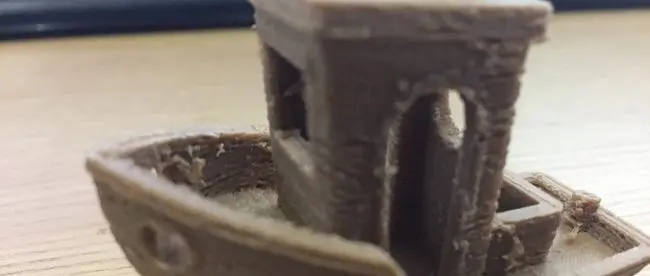

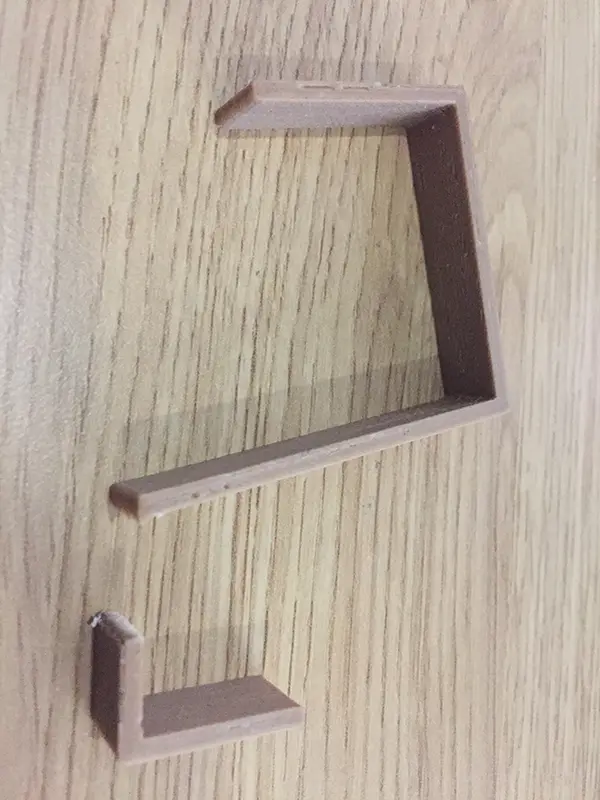

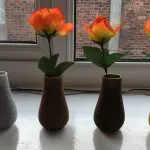
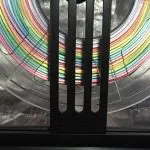
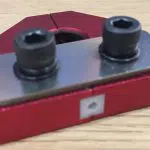
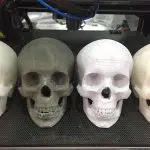

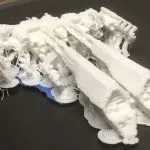
Leave a comment
You must be logged in to post a comment.